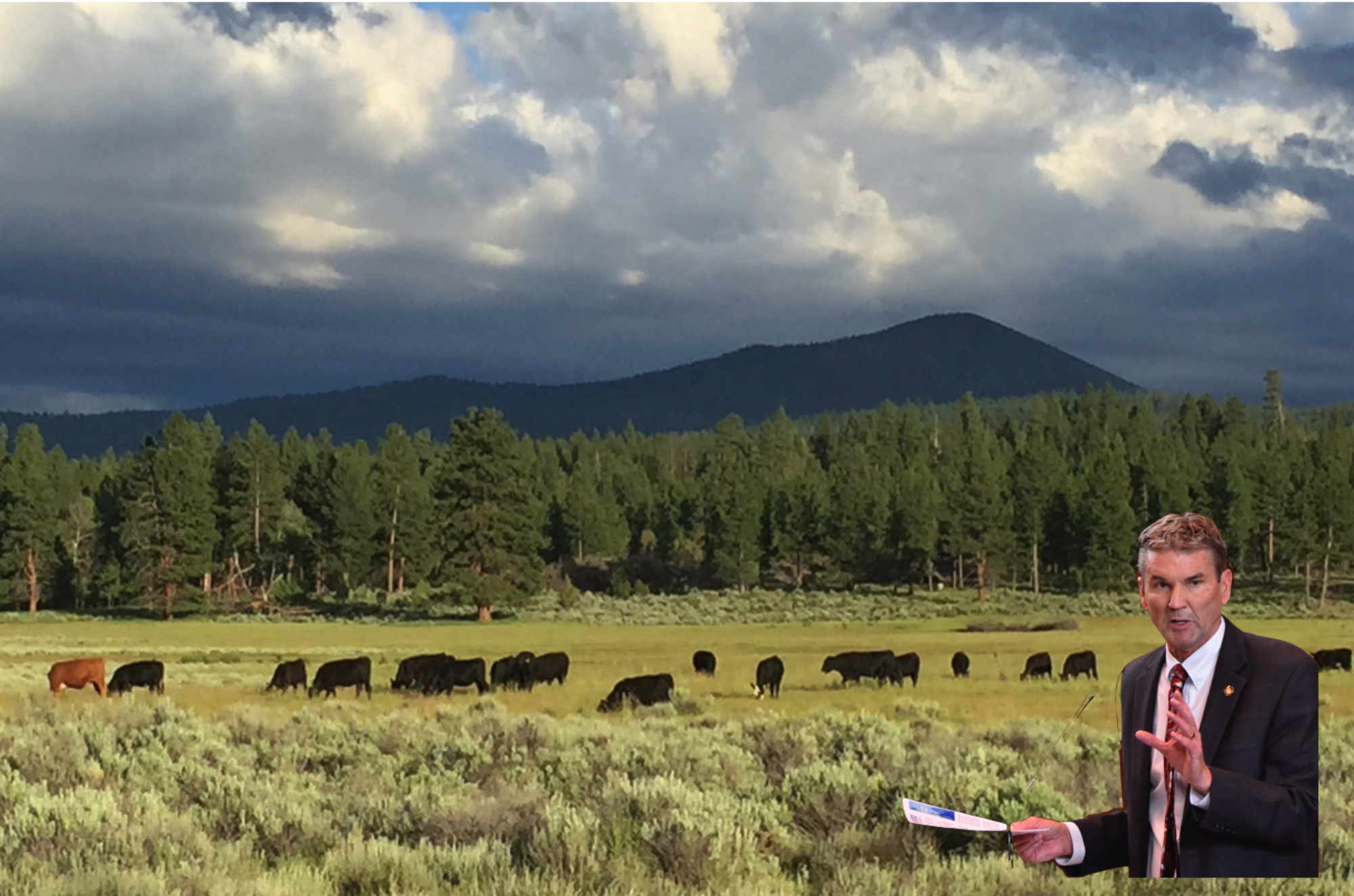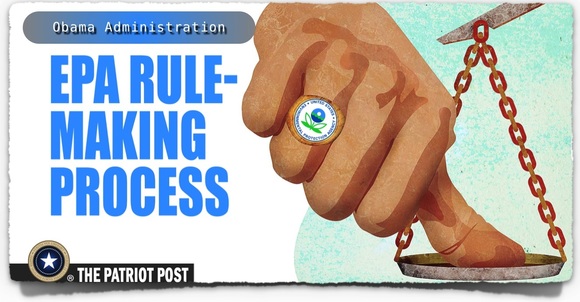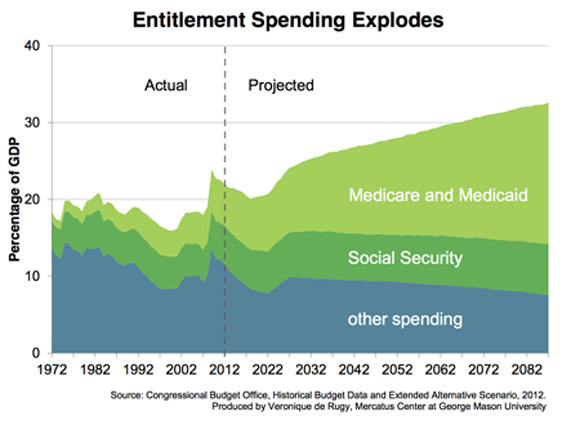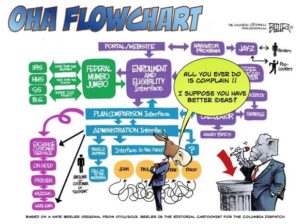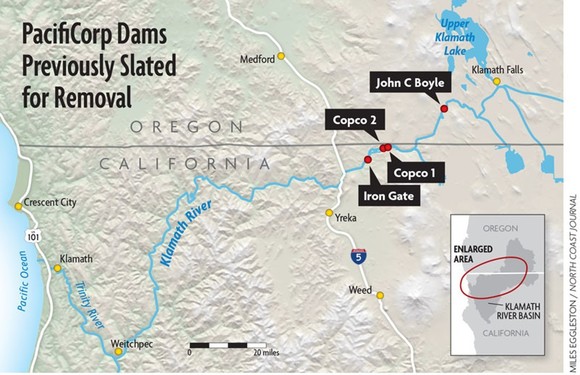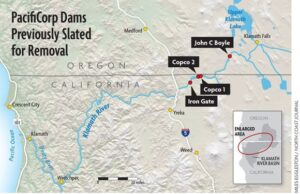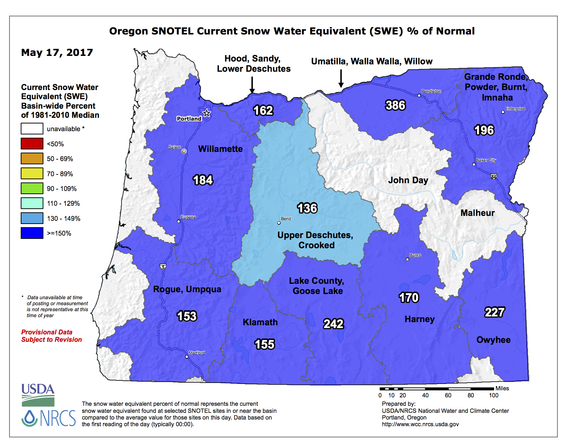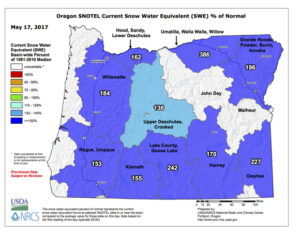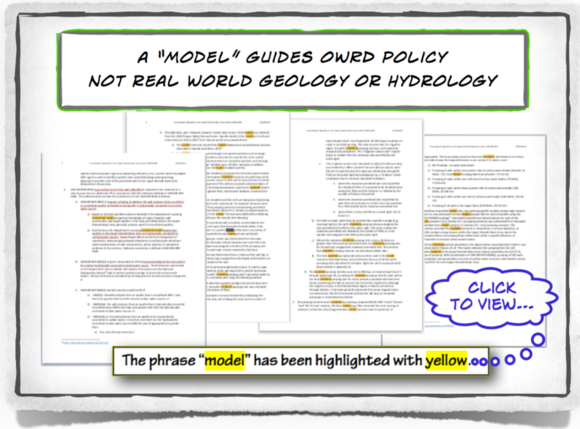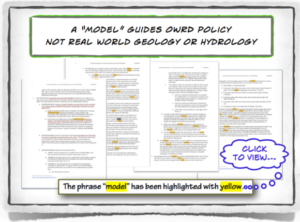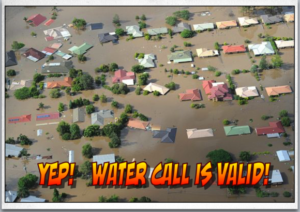Oregon State Legislature sent this bulletin Wednesday, June 12, 2019 by devadmin
The National Popular Vote (NPV) is another leg of the progressive movement that is rolling across the US. Simply put, it is part of the scheme to undermine our fair and balanced election process. Although the popular vote initiative sounds reasonable on its surface, the devil is in the details. The NCSL (National Conference of State Legislators) website states:
“The National Popular Vote (NPV) movement emerged in late 2006 and has slowly gain some steam since then.
“NPV seeks to ensure that the presidential candidate who wins the most popular votes nationwide is elected president. When a state passes legislation to join the National Popular Vote Compact, it pledges that all of that state’s electoral votes will be given to whichever presidential candidate wins the popular vote nationwide, rather than the candidate who won the vote in just that state.”
In a perfectly wild example, imagine if every single voter in Oregon cast a Republican vote for the President. Under NPV, after the polls close and the chads are counted and recounted, if a democrat candidate had a slim majority of votes nationwide, the state’s electors would be required to cast their vote for the democrat, even though not a single soul within the state affirmed that choice.
This is a clear violation of the principle of local control and the consent of the governed. Unfortunately, this twisted logic has Oregon’s democrats feverishly working to be the 16th “blue” state to pass an NPV bill (SB 870). It has already passed through the Senate and House, largely along party-lines and is now on its way to the Governor’s office.
The founders created a uniquely American scheme for electing office-holders at the national level. It was designed to disrupt the natural tendencies of mankind which have been witnessed in every age. To wit, regardless of national origin, religion, creed, sex or gender people exposed to power will be tempted by lust and selfish greed to amass more power.
Our nation’s founders wanted to preserve the principles of representation while building in constitutional safeguards for diluting unnecessary concentrations of power. For example, they split the legislative body into two chambers, the House and Senate. Senators, representing the States, were elected to office by their respective State Legislatures. Unfortunately, this protection was undone in 1913 with the passage of the 17th Amendment.
Prior to the 17th Amendment, the Constitution specified that senators were elected by state legislatures. This construction gave state governments an equal say in the national body with regard to legislation, rules and regulations that would affect all states. Each state would have equal representation in the Senate with two Senators from each state.
The framers believed that in electing senators, state legislatures would cement their ties with the national government. The 17th Amendment changed this process to a direct election by the people of their state, essentially making it identical to the process for the U.S. House of Representatives. The fervor for NPV at the presidential level is an exact replica of the turmoil that hammered the nation during the debates around the 17th Amendment.
The House of Representatives was designed as the only chamber which had members directly elected by a vote of the people. Like our state’s House, this body was responsible for protecting the interests of the people and was the body that had budgetary power, being responsible for taxes and revenue.
The constitutional design had the president, or chief executive, elected by both houses of the legislature via their specific electors – the Electoral College. This arrangement created yet another filter on the proxies coming from the House and Senate and created a formidable obstacle to slow the quickened motives of ingenious men.
Additionally, the terms of office for these elected positions was purposely staggered across two-, four- and six-year spans with one-third of the Senate being elected every two years. In turn, the states generally dispersed their powers by having them exercised by municipalities, counties, and other local governments – local governance being the preferred choice.
The current NPV tomfoolery would ordain what the progressives falsely call “popular” rule but it is more akin to mob rule where everything is centrally orchestrated.
In the most recent 2016 election, the Electoral College proved to be a legitimate safety net for preserving the will of the people:
- There are 3,141 counties in the United States. Trump won 3,084 of them. Clinton won 57.
- There are 62 counties in New York State. Trump won 46 of them. Clinton won 16.
- Clinton won the popular vote by approx. 1.5 million votes.
- In the 5 counties that encompass NYC, (Bronx, Brooklyn, Manhattan, Richmond & Queens) Clinton received well over 2 million more votes than Trump. (Clinton only won 4 of these counties; Trump won Richmond) Therefore these 5 counties alone, more than accounted for Clinton winning the popular vote of the entire country.
- These 5 counties comprise 319 square miles. The United States is comprised of 3,797,000 square miles.
- When you have a country that encompasses almost 4 million square miles of territory, it would be ludicrous to even suggest that the vote of those who inhabit a mere 319 square miles should dictate the outcome of a national election.
Large, densely-populated, group-think cities (NYC, Chicago, Seattle, LA, etc.) shouldn’t be allowed to usurp the opinions of the rest of the country. The progressive movement toward NPV is a dangerous idea and runs contrary to our founders’ remarkable blueprint for preserving the Liberty for the people while tempering the ever-present lust for capricious power.
Thos. Jefferson spoke directly to this in 1798, writing, “In questions of power, then, let no more be heard of confidence in man, but bind him down from mischief by the chains of the Constitution.”
Finding freedom in the chains of our Constitution is what made America great in the first place … and … it will Make America Great Again.
Remember, if we don’t stand for rural-Oregon values and common-sense, No one will.

Dennis Linthicum
Oregon State Senate 28
